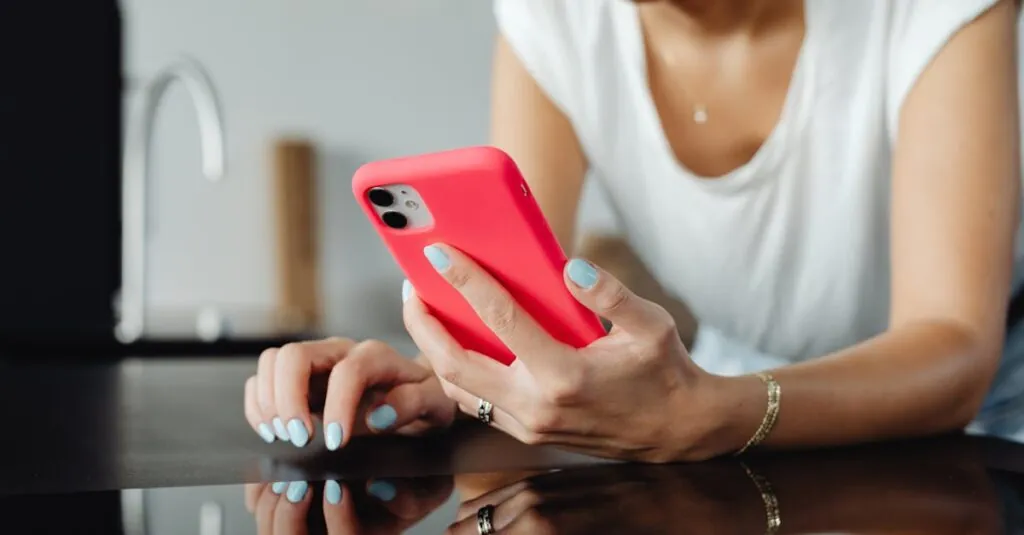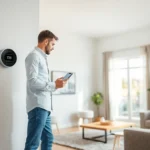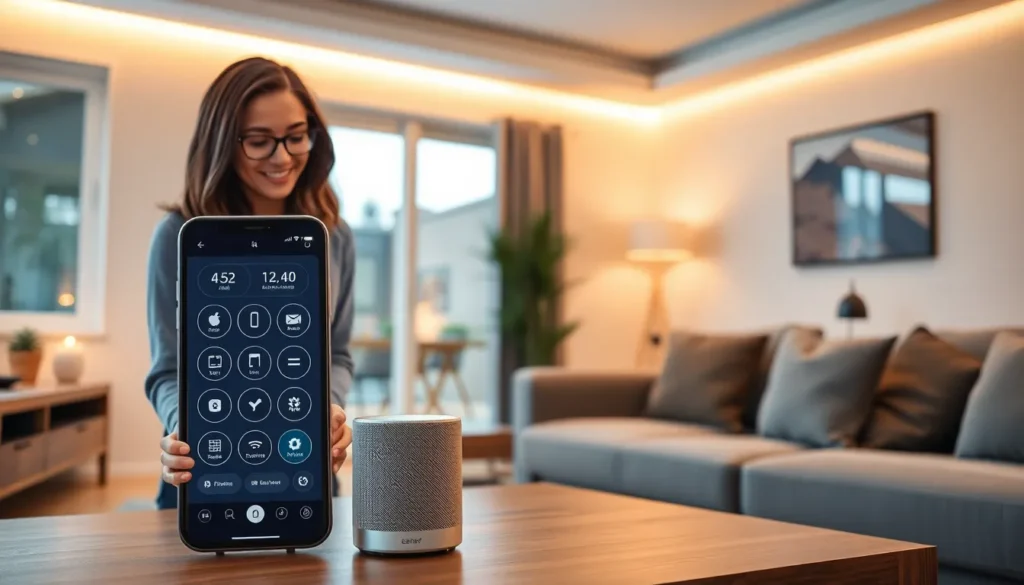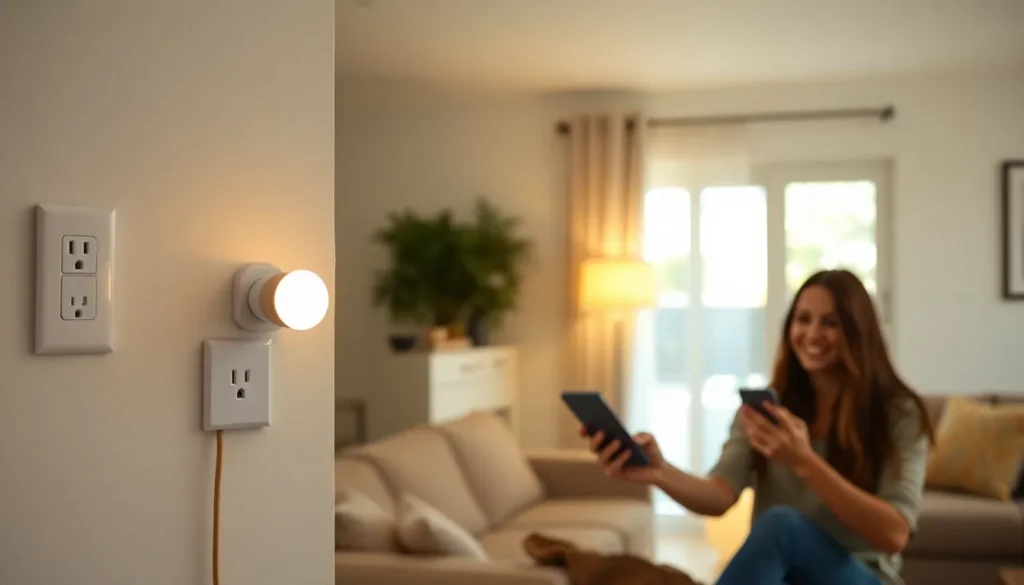In a world where everything seems to connect effortlessly, Bluetooth can sometimes feel like that one friend who shows up late to the party. It’s supposed to make life easier, but when devices refuse to play nice, frustration sets in. Whether it’s headphones cutting out mid-jam or a smartwatch that suddenly forgets how to sync, Bluetooth connectivity tests are the unsung heroes of the tech realm, ensuring your devices communicate like old pals.
Overview of Bluetooth Connectivity Tests
Bluetooth connectivity tests evaluate device performance and communication reliability. These tests assess various factors, including range, signal strength, and interference susceptibility. Comfortably functioning Bluetooth devices maintain smooth interactions without frequent disconnections or syncing problems.
Signal strength tests determine how well devices communicate at different distances. Testing a device’s connectivity at varying ranges ensures reliable data transfer, enhancing user experience. Additionally, environmental factors like physical barriers and electromagnetic interference often impact Bluetooth signals.
Latency tests measure the delay between sending and receiving data. Ideally, low latency provides a seamless experience, especially for audio or video applications. Performing these tests reveals potential issues that may arise during regular usage.
Compatibility checks verify whether two devices can successfully connect. Different Bluetooth versions and profiles affect interoperability among devices. Tests designed to check compatibility streamline the pairing process and reduce connection frustrations.
Security assessments play a crucial role in these tests. Proper encryption safeguards user data and prevents unauthorized access during transfers. Implementing thorough security checks leads to improving the overall safety of device interactions.
Frequent testing of Bluetooth connections ensures devices perform optimally. Regular assessments detect potential problems before they turn into user frustrations. Comprehensive connectivity tests empower users with reliable device performance and enhance their overall experience.
Importance of Bluetooth Connectivity Tests
Bluetooth connectivity tests play a crucial role in ensuring effective communication between devices. They address common issues that users face, enhancing both functionality and experience.
Enhancing Device Compatibility
Device compatibility significantly impacts user satisfaction. Rigorous connectivity tests confirm that different Bluetooth-enabled devices connect seamlessly. These tests assess audio devices, wearables, and smart home gadgets, enabling them to work together without conflicts. Regular compatibility assessments help identify outdated firmware or problematic software, allowing manufacturers to upgrade systems. Improved compatibility minimizes frustrations and promotes user loyalty, making Bluetooth technology more appealing.
Improving User Experience
User experience benefits immensely from thorough Bluetooth connectivity tests. Testing ensures reliable connections and consistent performance, avoiding unexpected dropouts during important tasks. Reduced latency contributes to a smoother experience, especially for audio and video streaming. Tests also evaluate signal strength, ensuring that users can maintain connections at various distances. Enhanced security assessments protect user data, instilling confidence in device interactions. Overall, optimized Bluetooth performance leads to higher satisfaction and encourages active use of compatible devices.
Types of Bluetooth Connectivity Tests
Bluetooth connectivity tests involve various testing methods that are crucial for ensuring optimal performance of devices. These tests help identify and remedy issues that could undermine user experience.
Functional Testing
Functional testing verifies that Bluetooth devices operate as intended. This includes checking connection establishment, data transfer, and disconnection processes. Device pairing procedures are assessed to ensure seamless establishment of connections. Additionally, this testing covers essential functionalities like audio playback, voice commands, and device controls. Achieving successful results confirms that devices deliver intended features accurately.
Performance Testing
Performance testing evaluates the efficiency and reliability of Bluetooth connections. Signal strength measurements occur at various distances to ensure effective communication. Latency levels are monitored since they determine the delay in data transmission. Audio and video applications particularly rely on minimal latency for smooth playback. Furthermore, robustness against interference from other devices is assessed, confirming stability even in crowded environments. Effective performance testing often enhances the overall user experience.
Compliance Testing
Compliance testing ensures that Bluetooth devices meet industry standards and regulations. Adherence to protocols set by the Bluetooth Special Interest Group validates device interoperability. Security protocols are scrutinized during this testing to protect user data during transfers. Compliance testing often also checks for proper functional behavior across different operating systems and device types. Devices that pass these evaluations are more likely to provide a reliable user experience while maintaining safety and security.
Best Practices for Conducting Bluetooth Connectivity Tests
Effective Bluetooth connectivity tests require a carefully organized approach. Setting up the test environment plays a crucial role in achieving accurate results.
Test Environment Setup
Test environments must mimic real-world conditions. Isolate devices from potential sources of interference such as Wi-Fi networks and microwaves. Position devices at varying distances to assess signal strength realistically. Ensure adequate power supply to all Bluetooth-enabled units during testing. Consistency in testing environments enhances data reliability, making it easier to reproduce results.
Tools and Equipment
Proper tools and equipment are essential for effective testing. Utilize a Bluetooth protocol analyzer to monitor data exchanges and capture performance metrics. Signal strength meters provide insights into the range of connections. Software platforms for testing Bluetooth profiles streamline the evaluation process. Include devices with different Bluetooth versions to assess compatibility accurately. By employing these tools, testers can gather comprehensive data that leads to informed decisions.
Common Challenges in Bluetooth Connectivity Testing
Bluetooth connectivity testing faces several challenges that can affect device performance. Interference from other wireless devices often disrupts signal integrity. Environmental factors, such as walls and furniture, can also diminish range and strength. Ensuring a stable connection sometimes proves difficult due to these external variables.
Device compatibility issues emerge as another significant challenge. Not all Bluetooth devices support the same profiles, leading to failed connections or limited functionality. Manufacturers must ensure that their devices adhere to industry standards for seamless interoperability.
Testing for latency presents further difficulties, especially in audio and video applications. High latency can cause noticeable delays, disrupting user experience. Measuring this effectively requires precise tools and conditions that replicate real-world usage.
Security vulnerabilities may lurk in Bluetooth connections. Conducting regular security assessments remains essential to protect user data during transfers. Weak encryption or outdated protocols can expose devices to unauthorized access.
Data logging during tests becomes critical for troubleshooting. Collecting comprehensive data helps identify root causes behind connectivity issues. Without adequate logging, pinpointing specific problems often becomes a frustrating endeavor.
Another challenge lies in maintaining a controlled testing environment. Achieving consistent results demands careful consideration of external influences. Variability in surroundings can lead to inconsistent performance metrics, complicating test comparisons.
Regular updates to firmware and software can introduce new issues. Testing must adapt to these changes to maintain performance standards. Continuous monitoring of device performance ensures reliability amid evolving technologies.
Bluetooth connectivity tests play a vital role in ensuring seamless interactions between devices. By addressing common issues and assessing performance factors, these tests enhance user experience and satisfaction. Regular testing helps identify potential problems early, allowing for timely resolutions that improve device reliability.
Employing best practices during testing ensures accurate results that inform necessary upgrades and adjustments. As technology evolves, staying proactive with Bluetooth testing becomes essential for maintaining optimal performance and security. Ultimately, a commitment to thorough testing not only boosts device compatibility but also fosters a more enjoyable and efficient user experience across all Bluetooth-enabled devices.













